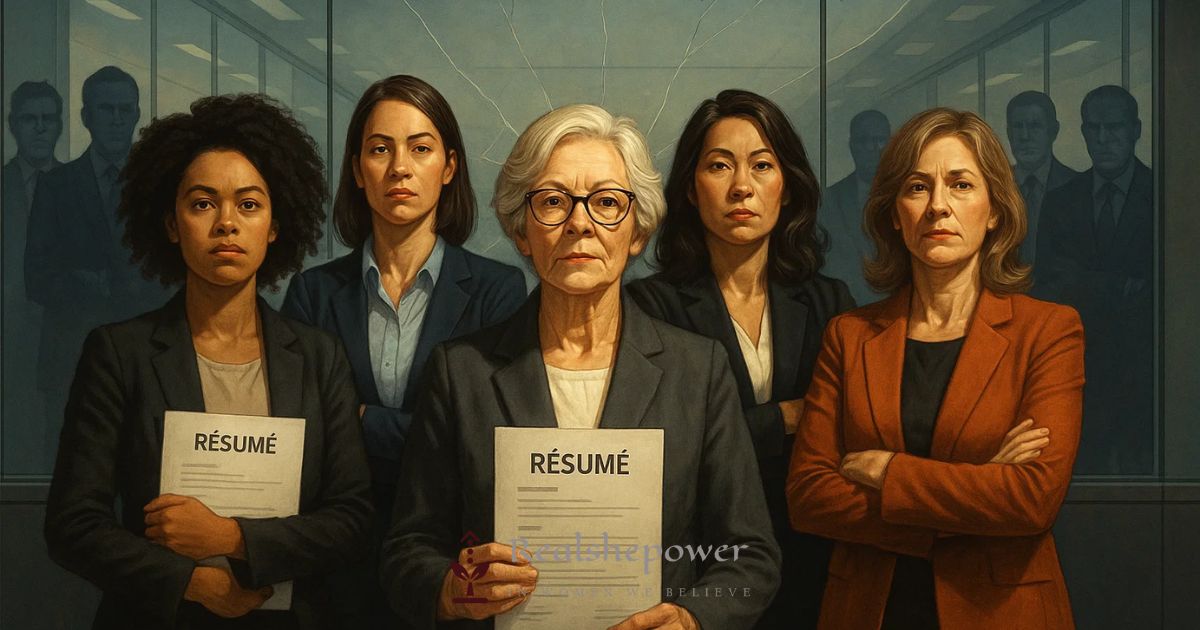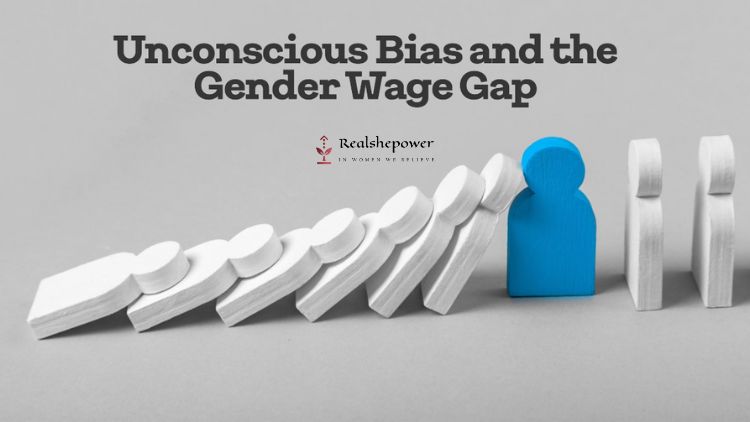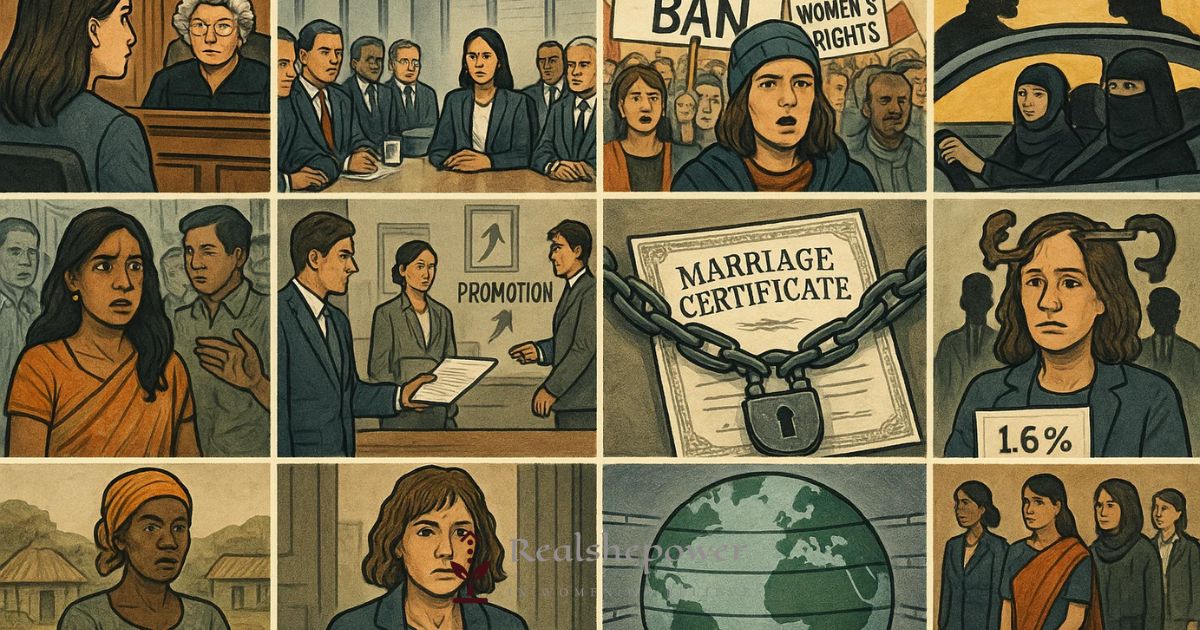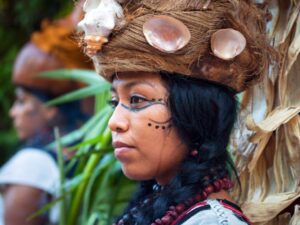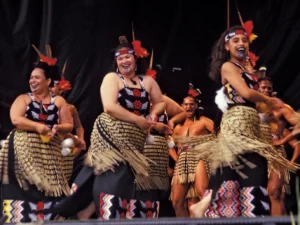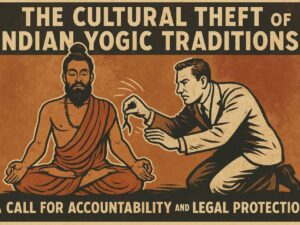Ageism Exposed
Age discrimination is the last “acceptable” workplace prejudice in many industries. It’s rarely called out as loudly as sexism or racism, yet its effects are deeply felt. For millions of workers — especially women — age bias doesn’t just affect career prospects, it infiltrates how society values them, their health choices, and even their identities.
This investigative deep dive examines three interconnected forces: corporate hiring practices, the advocates challenging age bias, and the ethical dilemmas of the booming medicalized anti-aging industry.
How Corporate Hiring Practices Keep Ageism Alive
Subtle Discrimination Hidden in Recruitment Processes
Despite laws in many countries that prohibit age discrimination, it persists in ways that are harder to detect but no less damaging. A résumé that hints at decades of experience often gets tossed aside before a human ever sees it.
- Automated keyword screening filters candidates based on graduation dates, outdated job titles, or long employment histories.
- Job descriptions use age-coded phrases like “energetic team player,” “fast-paced environment,” or “digital native” — all of which indirectly imply “young.”
- Recruiters often reject seasoned professionals as “overqualified,” a euphemism that really means “too old” or “too expensive.”
A 2022 AARP report found that 78% of workers aged 45 and older have either seen or experienced age discrimination in the workplace. The data also shows that once someone loses a job after 50, it takes them significantly longer — sometimes years — to find another comparable role.
Case Study: Tech’s “Youth Cult” Problem
In Silicon Valley, where innovation is worshipped, experience can be quietly sidelined. In 2019, Facebook, Amazon, and other tech giants were criticized for allowing job ads to be targeted exclusively to younger users on social media — an act dubbed digital redlining.
One recruiter whistleblower described the bias bluntly: “The perception is that older candidates can’t adapt fast enough. That’s a myth, but it’s baked into how we hire.”
Recommended Read
The People Fighting Back Against Age Bias
While many accept age discrimination as inevitable, a growing number of professionals are actively dismantling it.
Ashton Applewhite — The Reluctant Revolutionary
Author of This Chair Rocks: A Manifesto Against Ageism, Applewhite became a leading voice after realizing how deeply anti-aging messages are embedded in everyday culture. She calls ageism “a prejudice against our future selves” and works globally to educate companies on the benefits of multigenerational workforces.
Chip Conley — The Modern Elder
After selling his hotel company, Conley joined Airbnb at age 52 as a “modern elder” to help mentor younger leaders. His experience led to the founding of the Modern Elder Academy, a program that reframes midlife not as a decline but as a time of wisdom and reinvention. Conley insists companies are losing competitive advantage by undervaluing seasoned talent.
Dr. Tracey Gendron — Language as Liberation
A gerontology professor and researcher, Dr. Gendron examines how subtle language — terms like “senior moment” or “still working” — reinforces stereotypes about aging. She consults with businesses to eliminate biased communication and create workplace cultures that celebrate all ages.
The Medicalized Anti-Aging Industry — Ethics on Trial
The global anti-aging market is projected to reach $93 billion by 2027, driven by cosmetic surgery, hormone replacement therapy, supplements, and experimental “longevity treatments.” But behind the glowing marketing campaigns are uncomfortable truths.
A System That Profits from Fear
Instead of addressing why wrinkles, gray hair, or slower metabolism are stigmatized, the anti-aging industry sells solutions that reinforce the stigma. Women, in particular, are targeted — with pressure to maintain “youthful” appearances extending into their 50s, 60s, and beyond.
Risk and Regulation Gaps
Many treatments marketed as revolutionary are not well-regulated. For example:
- Stem cell therapies promising “cell rejuvenation” are sometimes offered without clinical trial backing, exposing patients to infection risks.
- Hormone therapies for anti-aging can carry serious side effects, including increased risk of certain cancers and cardiovascular issues.
The Gendered Nature of Anti-Aging Pressure
Men face ageism too, but societal tolerance for visible aging in men remains higher. An older male executive with gray hair may be called “distinguished.” His female counterpart is often labeled “past her prime.”
This double standard fuels a cycle where women are more likely to invest in — and be exploited by — high-cost, high-risk anti-aging interventions.
Solutions: Breaking the Cycle of Ageism
To dismantle this bias, action must happen on multiple levels:
Corporate level:
- Ban age-coded job language and track hiring demographics for transparency.
- Train recruiters to identify unconscious bias toward younger candidates.
Cultural level:
- Showcase positive aging role models in media and advertising.
- Promote intergenerational collaboration as a competitive advantage.
Medical/Industry level:
- Implement stronger regulation of anti-aging products and claims.
- Shift from “anti-aging” marketing to “pro-aging” wellness approaches.
Why This Matters
Ageism isn’t just bad for individuals — it’s bad for the economy. Studies show mixed-age teams are more productive and innovative. And as global populations age, excluding older workers from the labor force will become a costly mistake for businesses and governments alike.
Challenging ageism means confronting the systems — in hiring, in media, and in medicine — that profit from keeping people afraid of aging. It’s not simply a fairness issue; it’s a survival issue for future economies and cultures.
